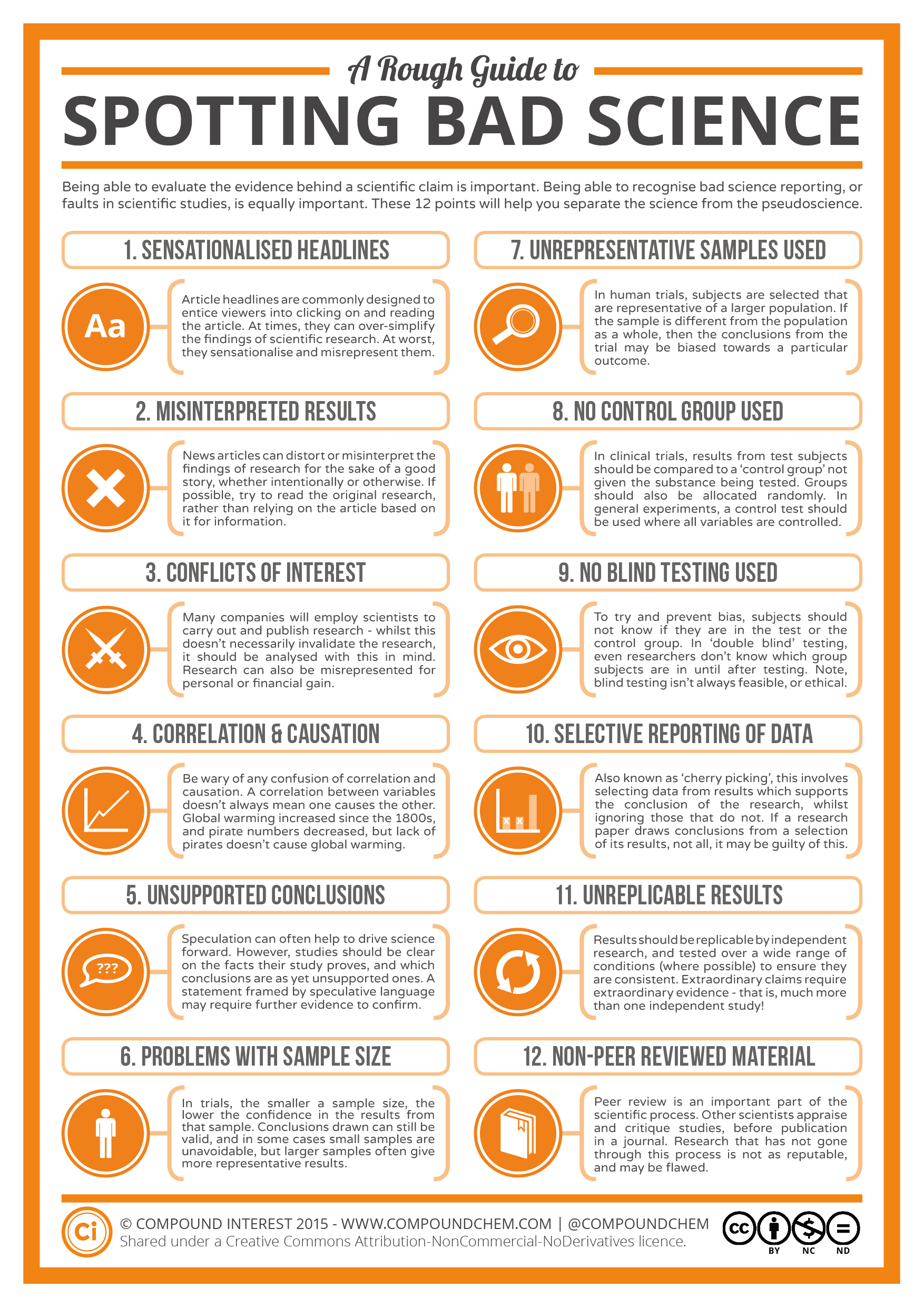
Recently I came across the claim that cystic fibrosis (CF) can be cured by diet. This was news to me, given that the mutation that causes CF is well-documented, as are the necessary treatments, and I wasn’t aware of any evidence that diet alone would correct the faulty membrane pump involved. So I said so. […]
Continue reading